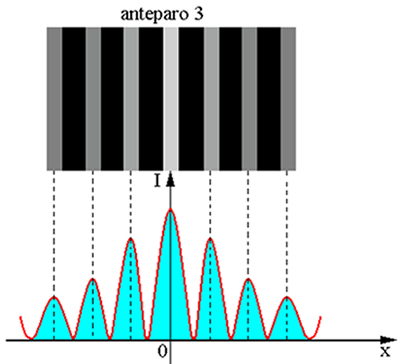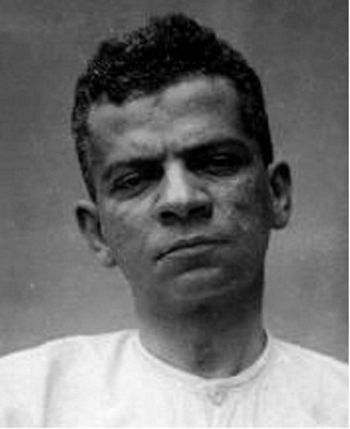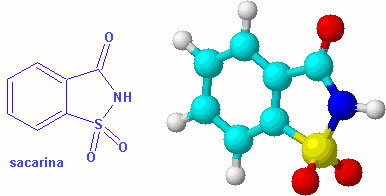Thomas Young, in 1802, carried out an important experiment for the wave theory, in which three screens were used. In the first one, there was a small hole in which the first diffraction of light from a monochromatic source occurred.
The single hole in the first screen made the light reach the holes in the second screen in phase, transforming them into coherent “sources”, as they belonged to the same original wave source. In the second screen there were two holes placed side by side, in which new diffractions took place with the light already diffracted in the first hole.
In the last bulkhead, interference spots were projected and could be observed maximums (better lit regions) and minimums (poorly lit regions) of intensity (figure above). When holes were replaced by narrow slits, these spots became interference fringes, which were better visualized.
This experiment allowed Young to better understand diffraction and interference, interpreting the symmetry of the fringes and the variation in light intensity obtained on them (figure below).

- the light fringes correspond to constructive interference regions.
- dark fringes correspond to regions of destructive interference.
For the interference figure obtained with light of a given color (follow the figure below), it can be demonstrated that the separation Δy of two adjacent nodal (or ventral) lines is related to the wavelength, λ, through the equation:


By Domitiano Marques
Graduated in Physics
Source: Brazil School - https://brasilescola.uol.com.br/fisica/experimento-das-duas-fendas.htm



